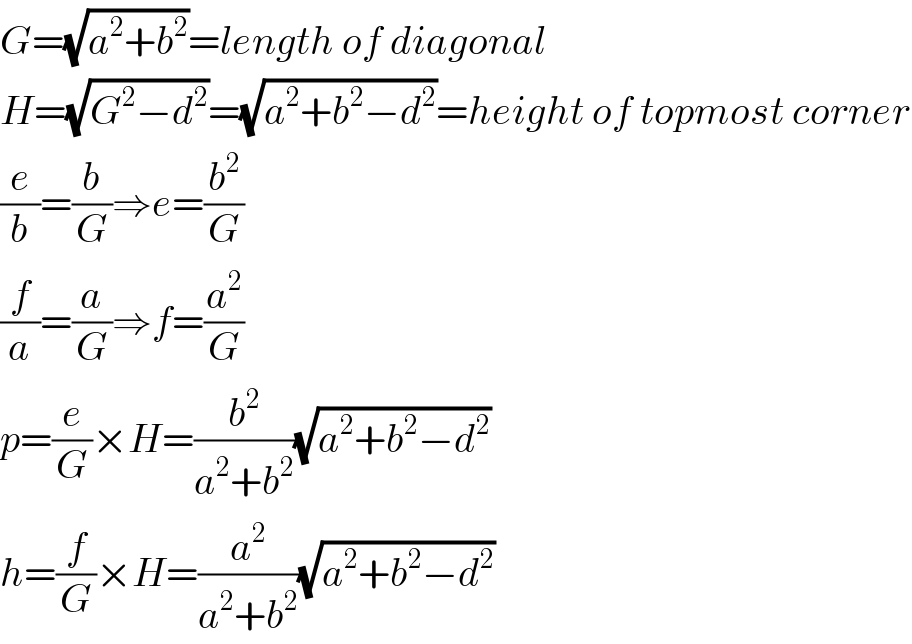
Question and Answers Forum
Question Number 43945 by ajfour last updated on 18/Sep/18

Commented by ajfour last updated on 18/Sep/18

Answered by MrW3 last updated on 19/Sep/18

Commented by MrW3 last updated on 19/Sep/18

Commented by ajfour last updated on 19/Sep/18

